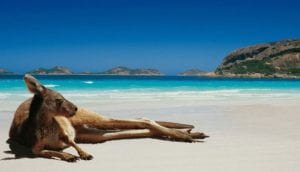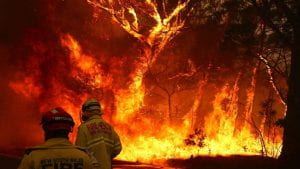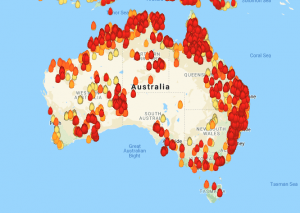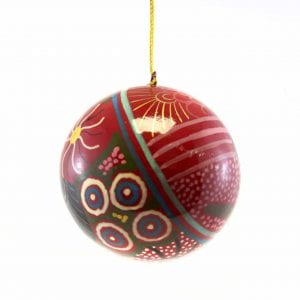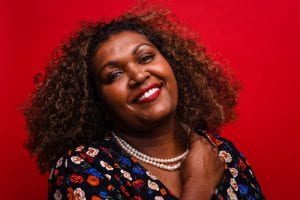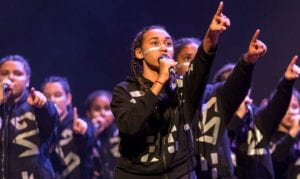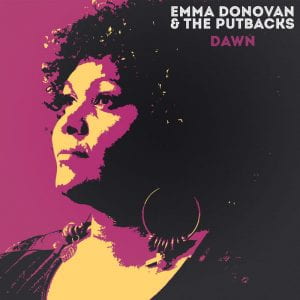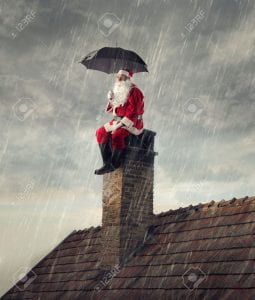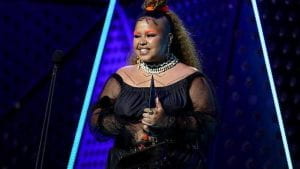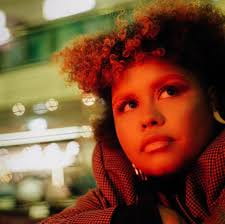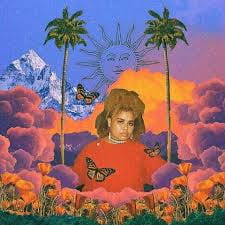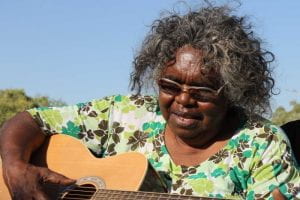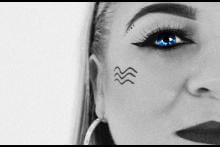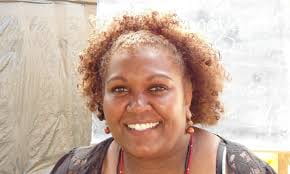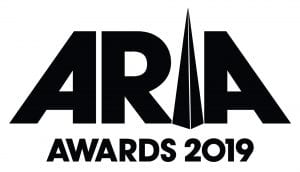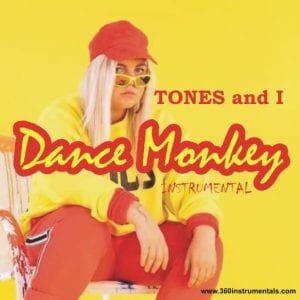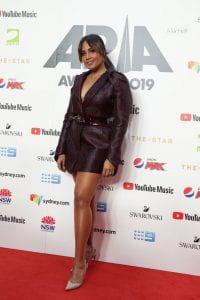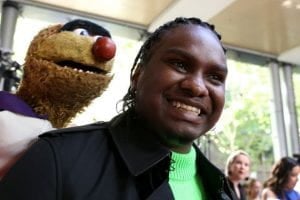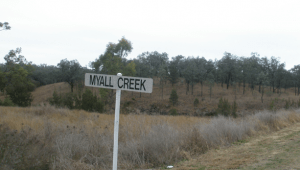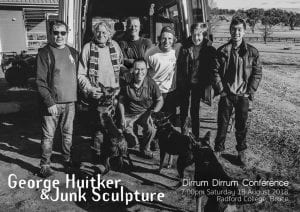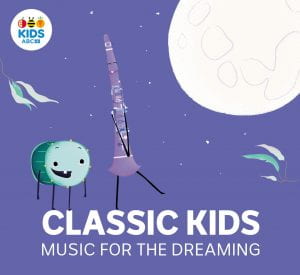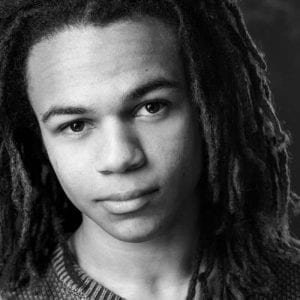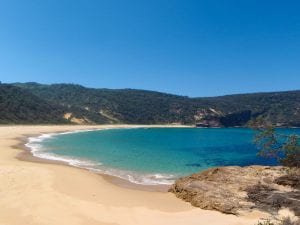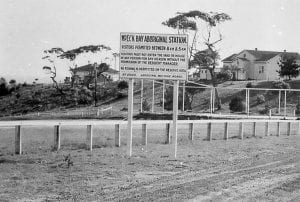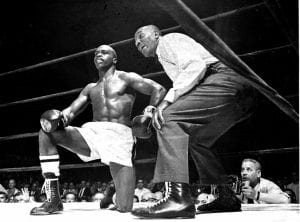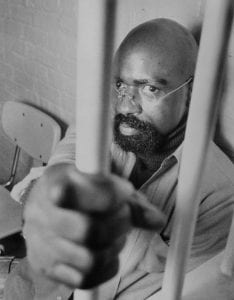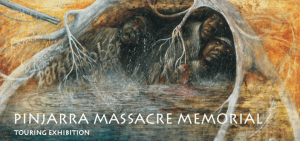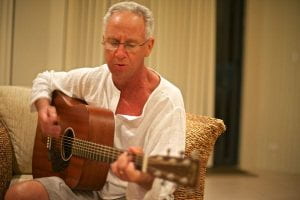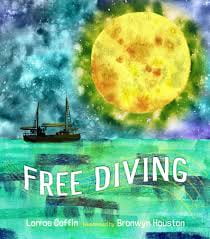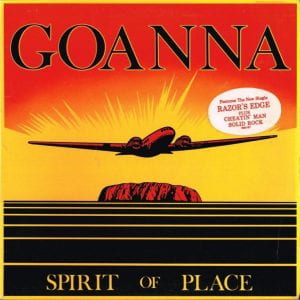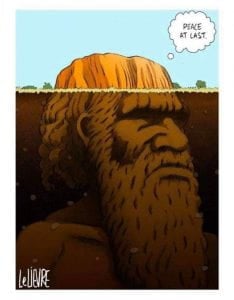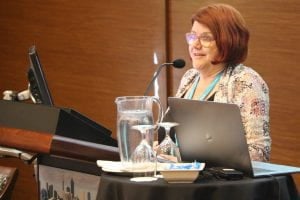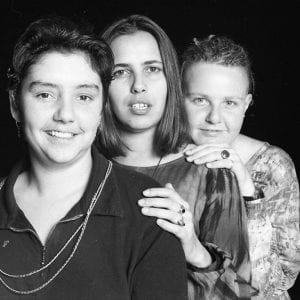The Glad Tomorrow

The title of Katie Noonans recent tour ‘The Glad Tomorrow’ is taken from the final line of a poem ‘A Song Of Hope’ by acclaimed Aboriginal writer Oodgeroo Noonuccal.
This poem and nine others by Oodgeroo were the inspiration of a song cycle commissioned by brilliant vocalist and musical director Katie Noonan. I experienced one of the final performances of this tour at the Heath Ledger Theatre in Perth last week.
I found the performance heroic. It demonstrated the importance of conversations. The importance of listening through the heart, whilst maintaining respectful boundaries. It demonstrated to me the process of deep listening, deep reflecting, and then enacting change through artistic media.
Katie shows us that music and music education can lead us to a glad tomorrow. It takes artistry, heart, bravery, reflection and conversations.
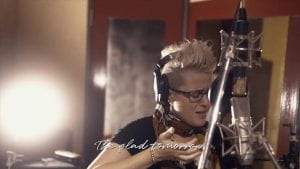
This blog will give information about the performance and the CD of the work. It will also explore Katie’s model of conversations and respect used in working with Aboriginal artists and writers within the music education context.
Performance
I attended the Perth performance of the ‘The Glad Tomorrow’ tour last week. We were enthralled. Katies vocals were breath-taking, the quartet sublime, the readings grounding.
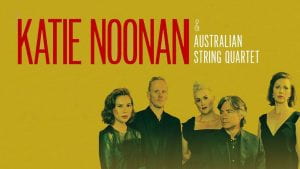
‘The Glad Tomorrow’ performance included 10 new songs for soprano and string quartet commissioned by Katie Noonan. The composers who featured in the cycle included a stunning line-up of notable Australian musicians including Thomas Green, Carl Vine, David Hirschfelder, Iain Grandage, Robert Davidson, Elena Kats-Chernin, William Barton, Connor D’Netto, Richard Tognetti and Katie Noonan herself.
The evening included a Welcome to Country and song by Noongar performaner Vaughan MaGuire. Then Katie introduced herself, the members of the Australian String Quartet and Kaleenah Edwards, Oodgeroo’s great granddaughter. The format of the performance was Kaleenah reading a poem in Jandai from North Stradbroke Island and then the poem being performed in English by Katie together with the quartet. The Jandai translations had been written by Oodgeroos grandson Joshua Walker. There were a couple of other instrumental pieces included in the program performed by the quartet alone.

The performance was one in which Oodgeroo, her words, her life and her legacy were clearly the showcase. This was reinforced visually with the performers in all black except the women who were accessorised with silk scarf art works called ‘Paperbark’. The name Oodgeroo translated from Jandai language into English means ‘paperbark’ and this tree is the totem of the poet. The art on the scarves reflected the different colours of the layers of the tree and is the creation of 2018 NAIDOC Artist Elverina Johnson from Gungandji country, northern Queensland.
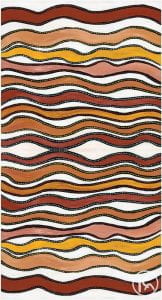
The performance was stimulating, confronting and breath-taking. Together with many others in the audience, we were so moved that we felt compelled to give a standing ovation.
My standing ovation of the performance was for many reasons. One reason was the honouring of an Australian poet of note. Another was the innovative, beautiful, confronting and fresh music influenced, composed, and performed by Australia’s brightest musicians. Another was the considered theatrical presentation where Oodgeroo was clearly the main event. The main reason for my acknowledgement was the respect I had for the sheer scope of Katies project, her engagement with Oodgeroos family and different Aboriginal communities to develop, record and perform the works respectfully. I was overwhelmed by the number of deep and heartfelt conversations which would have had to been conducted. Conversations which have brought Aboriginal voices and issues to the spotlight. Katie presented a wonderful model of conversations, composition and performance for music educators. Educating, stimulating, challenging and enthralling were all part of ‘The Glad Tomorrow’s aims.
Katie has made no secret of her support of ‘The Uluru Statement from the Heart’.

Katie has said about ‘The Glad Tomorrow’
“My hope is that this project will help a new generation discover the powerful words and the extraordinary life of Oodgeroo Noonuccal. Personally and professionally I am committed to using music and community engagement to further the sentiments behind the Uluru Statement which seeks ‘a Makarrata Commission to supervise a process of agreement-making between governments and First Nations and truth-telling about our history’. Makarrata is a word from the language of the Yolngu people in Arnhem Land, and the concept of Makarrata captures the idea of two parties coming together after a struggle, healing the divisions of the past. It is about acknowledging that something has been done wrong, and it seeks to make things right. My dream is that this song cycle is a small step towards this Makarratta aspiration.”
Katie’s media describes the song cycle project as
“Bringing the uniquely Australian poetry of Queenslander and First Nations icon Oodgeroo Noonuccal to music, commissioning ten stellar Australian contemporary composers to create a song cycle based on Oodgeroo’s poetry, bringing together 4 distinct worlds – Contemporary Australian and Queensland Composers, the searing poetry of Queenslander Oodgeroo Noonuccal, the Australian String Quartet and Katie Noonan’s unique voice and innate musicality. This unique combination of creative powerhouses will deliver a spectacular and spine-tingling live performance”
Katienoonan.com includes video and audio clips about ‘The Glad Tomorrow’ and other interesting projects, performances and collaborations. It also includes some background information about Oodgeroo Noonunccal.

By titling the work ‘The Glad Tomorrow’ Katie focusses on the hope for future generations improving our society. She shows us how we can got about this musically. We can do this through conversations, deep listening and working together. Oodgeroos poem ‘A Song of Hope’ ends “To our fathers’ fathers / The pain, the sorrow; / To our children’s children / the glad tomorrow.’ Together, through music we can help achieve this glad tomorrow.
Suggested Activities
Early Childhood

Provide the children with photographs and some background information about the Bush Stone Curlew which is found throughout Australia. A great site is http://www.birdlife.org.au/bird-profile/bush-stone-curlew.
Here is a great background video on Bush Stone Curlews https://www.youtube.com/watch?v=umjgC81yC3U
Watch a video clip about a curlew such as this one on the Bush Stone Curlew and listen to its call. https://www.youtube.com/watch?v=qi1GX_VRaM0.
Discuss what students know about Bush Stone Curlews already. Tell them they will be listening to a song called ‘The Curlew Cried’. Discuss what it might be about and why the curlew is crying.
Provide the students with scarves ribbons or streamers. Students are to listen to the high and low sounds and match the teachers ribbons/scarves/streamers heights. Play ‘The Curlew Cried’ and indicate to students the relative pitch for them to match as listening. Play the track again and students can move like a curlew with the music making their ribbons show how high or low the music sounds are. Students could practice some Bush Curlew moves first like strutting, pecking, scratching, bobbing, scurrying, and being perfectly still.
Provide drawing materials for students. Play the music again and have the students respond to the music through drawing about the music they have listened to and moved to.
Middle To Upper Primary
Give the students the definition, symbol and a demonstration of a crescendo and trill.
Crescendo – gradually get louder.
Decrescendo – gradually get softer
Trill is a musical ornament consisting of a rapid alternation between two adjacent notes, usually a semitone or tone apart. A more simple definition could be playing of two musical notes repeatedly and quickly one after the other.

Grace note – an extra note added as an embellishment and not essential to the harmony or melody

Glissando – to glide from one pitch to another

Provide the children with photographs and some background information about the Bush Stone Curlew which is found throughout Australia. A great site is http://www.birdlife.org.au/bird-profile/bush-stone-curlew.
A video clip with background information about the Bush Stone Curlew is https://www.youtube.com/watch?v=umjgC81yC3U
The first website on the Bush Stone Curlew describes this bird as having an eerie, high-pitched wailing at night. This ghost-like call is their contact call, and may be given by several birds in a chorus. Rendered as weer-lo, it is repeated four or five times, sometimes culminating in a trilled, screeching crescendo.
Given what students already know about trills and crescendos, have students create their own curlew calls on the recorder or other melodic instruments with crescendos.
Watch a video clip about a curlew call such as this one on the Bush Stone Curlew https://www.youtube.com/watch?v=qi1GX_VRaM0. Discuss how accurate the description of the curlew call being trill-like and having a crescendo is.
Provide the students with scarves ribbons or streamers. Students are to listen to the high and low sounds and match the teachers ribbons/scarves/streamers heights. Play ‘The Curlew Cried’ and indicate to students the relative pitch for them to match as listening. Play the track again and students can move with the music making their ribbons show how high or low the music sounds are.
Discuss the use of trills, crescendos, grace notes, decrescendos, glissandos in the piece. Discuss how accurately the piece represents the curlew call.
Demonstrate sketching the pitch movement in a section of ‘The Curlew Cried’ using some of the music symbols introduced earlier.
Provide drawing materials for the students. Have them sketch the pitch movement in a different section of ‘The Curlew Cried’.
Secondary Students
Song Cycle
Introduce to students the concept of a song cycle.
Song Cycle is a group of individually complete songs designed to be performed in a sequence as a unit. The songs are either for solo voice or an ensemble, or rarely a combination of solo songs mingled with choral pieces. The number of songs in a song cycle may be as brief as two songs or as long as 30 or more songs.
Discuss what the brief of Katie Noonan to her composers might have been. Listen to some excerpts of different resulting songs.
Provide students with a brief to produce their own songs based on different poems or the same poem. I would give some boundaries, like Katie did. She would have said it is for a soprano and string quartet.
Find a suitable poem to act as an inspiration for a song cycle with your class. Ask you English teacher colleagues or seek out local literary magazines. ‘The Westerly’ is a Western Australian magazine which publishes ‘lively fiction and poetry’ mostly WA material. It regularly includes Aboriginal poetry by local writers. https://westerlymag.com.au/
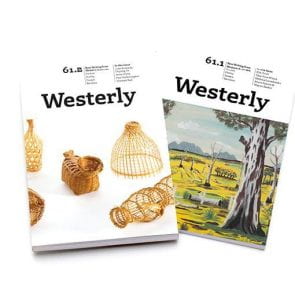
Get some ideas together for your performance, just some rough ideas. Then engage in conversation with local family and/or Aboriginal Education Officer and/or Elder and/or local language centre about the suitability and what ideas they may have about possible performance suggestions or formats.
Seek approval from the artist about using the work if possible. If this isn’t possible try to seek approval from the family or community from where the work came from.
Both of these consultation processes may require more than one attempt and more than one conversation. Have an open heart when listening.
Ask if there is anyone from the community that would like to work with your group. Payment for the expert involvement is proper so be ready for this.
The suggestions you may be given could be different to what you were envisaging. Be open to adapt and accept direction when given the privilege of working with Aboriginal cultural inspiration.
Once approval given work with your students and provide updates to the community members from whom you were given advice. Again be open to new directions and advice given.
Think about how the culture and the inspiration of the work can also be demonstrated respectfully – like with Katie and the female members of the string quartet wearing ‘Paperbark’ art scarves. Discuss with community representatives.
Discuss the logistics with your community representatives and ensure they are invited and given ‘Guest of Honour’ status.
I strongly encourage all music teachers to try such a project. Be determined but tread carefully.
If approval is not given, and if you consider the material suitable to share with your students, I would still go ahead with the composition component. This is still a wonderful learning opportunity. I would not publically perform the resultant works unless community permission was granted. I would have students perform for their class mates in class.

https://www.limelightmagazine.com.au/reviews/the-glad-tomorrow-katie-noonan-australian-string-quartet/
http://www.katienoonan.com



